
 |
| Mount Song Cloud Sea |
History and culture of the Historic Dengfeng Monuments in “The Center of Heaven and Earth”
The Chinese characters for “China” literally mean the “central country.” In traditional Chinese world view, the center of China and the world is Dengfeng.
Within an area of a 100 kilometer-radius from Dengfeng, history bore witness to the birth and development of the Chinese civilization. As early as the Old Stone Age, remains and relics of humans using fire at the Zhijidong Site verified that primitive humans had once lived there. The Peiligang Culture and Dahecun Culture, which were given birth by the Neolithic Age, confirmed there was an advanced protoculture in Dengfeng.
Similarly, Dengfeng became the capital of early Chinese dynasties as it was located at “The Center of Heaven and Earth.” The Wangchenggang Site at Dengfeng was the capital of the Xia Dynasty, which was the first state in China. Furthermore, the Shangcheng Site at Zhengzhou was the capital of the Shang Dynasty, the second dynasty in China, and the ruins of Chengzhou, also known as Luoyi, which was the eastern capital of the Western Zhou Dynasty, are located in Luoyang. The ruins of the capital of the Eastern Zhou Dynasty are also in Luoyang. The Xia, Shang and Zhou dynasties were important periods for forming the Chinese nation, and this historical course also promoted Dengfeng as the center of Chinese civilization at that time, and left “The Center of Heaven and Earth” in the hearts of the Chinese people.
From then on, Dengfeng was regarded as an important place to communicate with heaven and earth. According to statistics, from the period of the Emperor Wuwang of the Zhou Dynasty to the late Qing Dynasty, there were 68 emperors who hunted and offered sacrifices to heaven in Dengfeng.
Furthermore, methods of recording weather and time also originated from Dengfeng. According to the “The Rites of Zhou, Land Management Officials” from over 1,000 years ago, Zhou Gong built the eastern capital of the Western Zhou Dynasty in order to seek “The Center of Heaven and Earth,” and adopted a series of measures in Yangcheng and left the famous Shadow Measuring Platform. More than 800 years ago, in order to validate “The Center of Heaven and Earth,” Guo Shoujing and Wang Xun made observations based on the Astronomical Observatory in Dengfeng and calculated the most advanced calendar in the world at the time, the Shoushi Calendar.
Several mainstream civilizations migrated, settled and developed in the region including Bodhidharma, an Indian monk who gathered followers and taught Zen Buddhism in Dengfeng and Kou Qianzhi, a famous monk who once practiced his religion there for more than 10 years and founded the Northern Tianshidao, a sect of Taoism, and promoted the development of Taoism. Chinese Confucianism established academies centering on Dengfeng, and many scholars went there and Dengfeng became an important education center throughout China.
Under such a historical background and the influence of its location at “The Center of Heaven and Earth” and the development of different religions, Dengfeng accumulated and preserved a large number of precious and elite cultural and memorial buildings. These high-quality buildings have been handed down for thousands of years and inherited the great achievements that the ancient Chinese people have achieved on etiquette, religion, science, education, and culture and art. It also reflects the long history and splendid civilization of eastern culture and the wisdom of the Chinese people. It is a remarkable and irreplaceable cultural heritage.



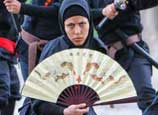
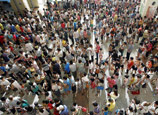
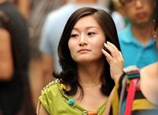
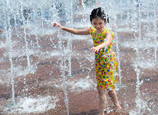

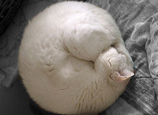
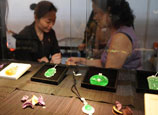
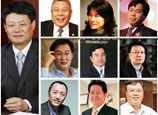






 Rainstorms flood more than 10,000 cars in underground garages in Wuhan
Rainstorms flood more than 10,000 cars in underground garages in Wuhan


![]()
